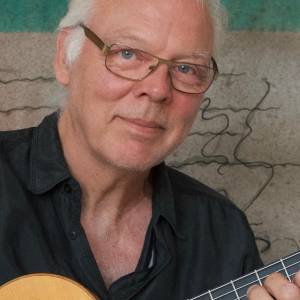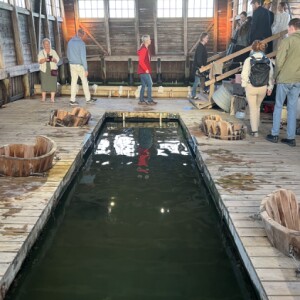Klapphus
I went to see a dans-performance this evening in Kalmar, a play about washerwomen in the old days. Washing was a hard labour and special women were often hired to do the job, especially in the cities where people could afford to pay someone else to do it for them. The washing in the cities could take place in washing houses, likt this one in Kalmar. In the country the washing took place by a jetty in a lake or by a stream, you needed a lot of water to get rid of the soap and some of the dirt. Since the washing was to be done before Christmas, it could mean chopping a hole in the ice and wash it there. The washing was first boiled in special vessels at home and afterwards brought to streaming water to be rinsed. Between 1850 to 1950, the major cities had one or more houses for this, they were often called "clap-house" because of the method of using a wooden clap to get rid of the excess water and make the washing dry quicker. This Clap-house "Klapphus", is the only one left in the whole of Scandinavia and also where the performance took place.
The dancers were artfully showing us the way the washing was treated in the house and also how hard the job was to do. The floor in there (extra) is floating to keep the same distance to the water and there are "barrels" you can stand in when rinsing the washing. In the far end of the house there is a clap-area where you beat the washing against a sloping woodsurface to get rid of exess water. The washing was then hung outside or brought to the flat by the maid, to dry there.
It's an amazing place to be in, it's still in use, mostly by people who are washing rag-rugs or hammocks or larger things, it's free for all use. Both my company and myself felt a little sea-sick before the body learned what was moving in there. We were leaning against the wall of the house and when the floor moved up and down it felt like it was the house that was moving. Very weird but a very special evening. The house is kept intact and was proclaimed as a culture-protected building in 1993.


Comments
Sign in or get an account to comment.


